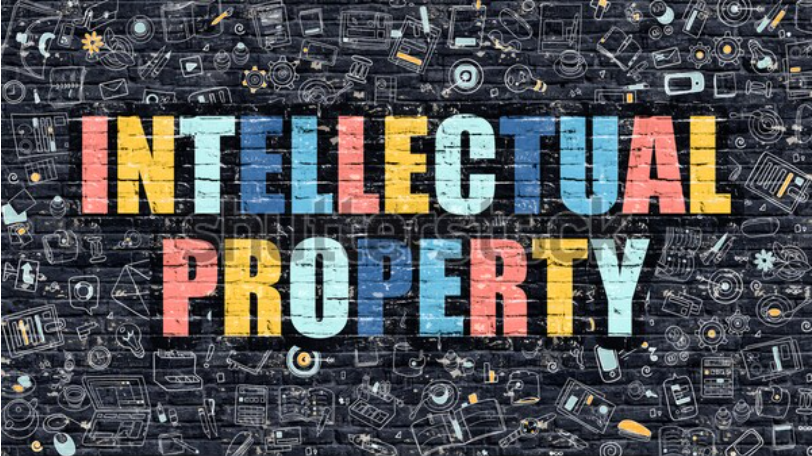With over 200 dedicated professionals, Beijing East IP has helped a full spectrum of clients – from startups to Fortune 500 corporations to domestic multinational companies – on their intellectual property issues in China.
Weekly China Trademark News Updates – March 30, 2022

Weekly China Trademark News Updates
March 30, 2022
1. RMB 10 million in damages demanded against “The Sound” TV Show
“The Sound” is an original singing competition show launched by China’s Hunan Satellite TV. Beijing Immersive Culture Co., Ltd. (“Immersive Culture”) believes that the mark “The Sound in Chinese” (roughly translated as “sounds like in the scene”) (“Disputed Mark”) infringes its trademark and filed a lawsuit with the court. Immersive Culture owns the Cited Marks (roughly translated as “actually being in the scene” in English).
| Cited Marks | Disputed Mark |
  |
 |
Defendant Hunan Radio and Television Station produced the TV program “The Sound,” defendant Hunan Happy Sunshine Interactive Entertainment Media Co., Ltd. exclusively enjoyed the network dissemination rights of “The Sound,” and defendant Beijing iQiyi Technology Co., Ltd. streamed “The Sound.” Immersive Culture claimed that its Cited Marks had become well-known and influential in TV program through continuous promotion and use. The use of the Disputed Mark by the three defendants constituted as trademark infringement.
The court found that the use of the Disputed Mark by the defendants in broadcasting and promoting of “The Sound” was insufficient to cause the relevant public to confuse the Cited Marks with the Disputed Mark and did not constitute as trademark infringement. The court reasoned that the name of a TV program constituted as trademark use because it is an integration, effects, and final presentation of production, signal transmission, broadcast control management, and other processes. Thus, a TV program constated as similar to Class 41 program production and Class 38 television broadcasting. The content of “The Sound” and the services of Classes 38 and 41 approved for use for the Cited Mark constituted as similar services. Although the Disputed Mark was similar to the Cited Mark, the degree of similarity was the key to whether the relevant public was confused or mistaken. The Disputed Mark or its distinctive part was derived from the idiom “being in the scene”, however, the Disputed Mark is an application of the idiom “being in the scene,” highlighting the feeling of the situation through sound, there was a fundamental difference between the two. Therefore, the degree of similarity was limited to sound and shape. But their meanings were significantly different. The audience’s perception of “The Sound” did not simply rely on the Disputed Mark, it was even more related to the content and characteristics of the program itself. In addition, each of the three defendants used their own trademarks while broadcasting the program, which clearly indicated the fact that the programs involved were related to the three defendants, and further reduced the possibility of confusion among the relevant public.
2. The CNIPA on the validity of blockchain electronic evidence in administrative adjudication cases of patent infringement disputes
On March 18, 2022, the CNIPA approved the validity of blockchain electronic evidence as follows:
Article 6, Chapter 4, Section 2, of the Guidelines for Handling Administrative Adjudication on Patent Infringement Disputes provides specific provisions on the review and determination of electronic evidence. In addition, Article 11 of the Provisions of the Supreme People’s Court on Several Issues Concerning the Trial of Cases by Internet Courts clearly states that evidence collected, fixed and tamper-proof through electronic signatures, trusted time stamps, hash value verification, blockchain, etc. shall be affirmed by the Internet court, if the authenticity can be proved by technical means or through the electronic evidence collection and storage platform. Moreover, Article 14, Article 90, Article 14 Article 93, Article 94, and Paragraph 2 of Article 99 of the revised 2019 Several Provisions on Civil Litigation Evidence stipulate the subject matter, authenticity, and probative value of electronic data. In order to promote the unification of administrative and judicial standards, in administrative cases, if a party submits relevant electronic evidence such as blockchain, it can be determined by referring to the Guidelines for Handling Administrative Adjudication on Patent Infringement Disputes and the relevant provisions of the said judicial interpretation.
3. The CNIPA: 482,000 bad faith applications have been cracked down and the general trademark registration cycle has been shortened to 7 months
In 2021, the number of trademark registrations reached 7.739 million, a year-on-year increase of 34.33%. Among them, 7.543 million were domestic registrations, 97.5% of the total. 194,000 foreign trademark applications were registered, 2.5% of the total.
In order to precisely crack down on bad faith registrations and hoarding of trademarks, the CNIPA has implemented targeted policies and all departments have worked together to crack down on 482,000 bad faith applications that were not intended for use. The Special Action Plan for Combating Malicious Preemptive Registration of Trademarks were strictly implemented and collectively rejected 1,628 bad faith registrations with clear bad faith intent that had harmed social and public interests. Also, 1,729 registered trademarks were invalidated ex officio.
In order to implement ” streamlining administration and delegating powers, combining decentralization and management, and optimizing services,” the CNIPA has formulated and implemented the Work Plan for the Reduction of Trademark Registration Cycle under General Conditions, which made overall arrangements to make sure that the average examination period for trademark registration is stable at 4 months, the trademark registration cycle under normal circumstances has been successfully compressed to 7 months by the end of 2021.
 |
Follow us on LinkedIn! Email: trademark@beijingeastip.com Tel: +86 10 8518 9318 | Fax: +86 10 8518 9338 Address: Suite 1601, Tower E2, Oriental Plaza, 1 East Chang An Ave., Dongcheng Dist., Beijing, 100738, P.R. China |
-
ABOUT US
-
PRACTICES
-
NEWS & EVENTS
-
Other Links
-
Contact Us
- info@beijingeastip.com
- +86 10 8518 9318
- +86 10 8518 9338


